
Problem with Eyes
Amblyopia is an eye disorder affecting the visual system. It is characterized by vision deficiency with no associated physical/structural abnormalities of the eye. Namely, visual stimulation of the eye i.e. light stimuli fail to be transferred through the optic nerve and they do not reach portions of the brain in charge of light processing. Also, the visual problems may develop in case these stimuli reach the brain but the organ simply does not process any of the received information.
Amblyopia is a medical term. Most people are more familiar with the term lazy eye, another name for the condition.
When it comes to pathophysiology of amblyopia, it actually represents a developmental problem in the brain. Namely, there is no anatomical abnormality of the eyeball nor is the optic nerve damaged in any way. The part of the brain in charge with light processing does not get stimulated enough. As a result it does not develop to its full extent and cannot perform its function adequately.
The majority of patients suffering from amblyopia are not even aware of their visual problems because the vision in their strong eye is preserved. Still, poor depth perception and poor special acuity as well as inability of proper light processing are always associated with the condition. Low sensitivity to contrast may occur as well.
The condition is supposed to be identified on time, while the child is still small because only then with suitable treatment vision can be completely restored.
Types of Amblyopia
The condition can be classified into strabismus amblyopia, refractive or anisometropic amblyopia and finally, form-deprivation and occlusion amblyopia.
The first type, strabismic amblyopia is closely related to strabismus, the condition blamed for misalignment of the eyes. In people suffering from strabismus the eye the person prefers to use is functioning normally while abnormal vision is typically caused by the deviating eye. These two send different images to the brain which get baffled by received information. This problem can be easily overcome in children in whom the brain adapts to these abnormally received signal. In adults, on the other hand, sudden development of strabismus is always accompanied by double vision. The treatment consist of spectacles as well as stimulation of the deviating eye by using a patch on the stronger eye. Doctors may also recommend a so called 'penalization' of the dominant eye. Namely, by applying atropine drops into this eye, blurred vision occurs which additionally stimulates the other eye to 'co-operates' and eventually starts working properly. Some types of strabismus require surgical correction.
Anisometropia is a disorder in which the eyes do not possess equal refractive power i.e. one of them is usually myopic while the other is hypermetropic. The condition is the underlying cause of refractive amblyopia. The dominant eye in such patients is the one that provides with clearer images. The other eye sends only blurred images to the brain which does not stimulate its adequate development. Patients may sometimes additionally develop strabismus but many times there are no physical signs such as misalignment of the eyes.
Form-deprivation amblyopia is a condition resulting from some kind of damage to specific parts of the eye, the lens or cornea for example. The injured organs become opaque which significantly interferes with reception of light. This subsequently disrupts development of the brain and vision in the long run. Even if these opacities are taken care of the vision remains damaged. And finally, there is occlusion amblyopia. As the very name suggests it develops due to some kind of blockage. For instance, it may affect individuals suffering from an ocular hemangioma.
Treatment for Amblyopia
In order to completely deal with amblyopia doctors must first treat the underlying eye disorder and then train the amblyopic eye to the extent when it can function as good as the healthy one.
It is not hard to treat underlying disorders. For instance, refractive errors are corrected with spectacles or contact lenses. Some of these health issues may require surgical correction. What is challenging is the very training of the amblyopic eye.
The training consists of covering the healthy eye while the amblyopic one is forced to work properly. Only if such treatment is initiated during the childhood the problem might be completely brought under control since the brain still has the ability to learn how to adequately process received light stimuli.
The best results are achieved with 'patching'. The good eye gets covered with an eye patch. This forces the amblyopic eye to move, be used and additionally stimulates the ipsilateral part of the brain which have previously been neglected. The length of treatment is individuals and only when no further improvement is possible patching is discontinued. Children who have had a cataract are supposed to wear an eye patch until they are 7 years old.
Furthermore, the affected individual may benefit from eye drops and spectacles. The eye drops used in such purpose are administered in the good eye, making the vision blurry and stimulating the amblyopic eye to work correctly. Blurry vision is also achieved with specially designed glasses. However, the best results are achieved with patching since children many times simply do not cooperate with their parents, refuse to wear glasses or show strong resistance towards eye drops.






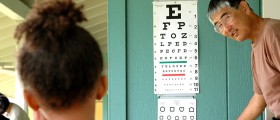
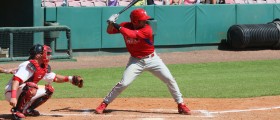
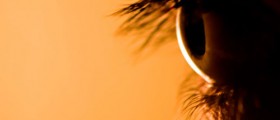
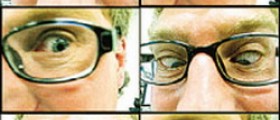

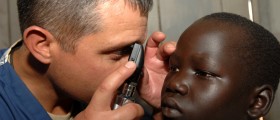





Your thoughts on this
Loading...